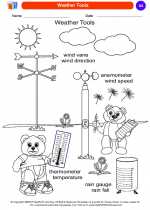Temperature
Temperature is a measure of how hot or cold something is. It is a fundamental concept in science and is used to describe the thermal energy of a substance.
Common Temperature Scales
There are several temperature scales used to measure temperature, but the most commonly used ones are:
- Celsius (°C): The Celsius scale is based on the freezing and boiling points of water, where 0°C is the freezing point and 100°C is the boiling point at standard atmospheric pressure.
- Fahrenheit (°F): The Fahrenheit scale is also based on the freezing and boiling points of water, but uses different reference points. 32°F is the freezing point and 212°F is the boiling point at standard atmospheric pressure.
- Kelvin (K): The Kelvin scale is an absolute temperature scale where 0K is absolute zero, the lowest possible temperature where particles have minimal motion. The size of one Kelvin degree is the same as one Celsius degree.
Effects of Temperature
Temperature affects many aspects of our daily lives and the natural world. Some of the effects of temperature include:
- Expansion and contraction of materials: Most substances expand when heated and contract when cooled.
- Changes in states of matter: Temperature affects the state of matter, causing substances to change from solid to liquid to gas.
- Biological effects: Temperature plays a crucial role in the growth and survival of living organisms.
Measuring Temperature
Temperature can be measured using various instruments, such as thermometers, infrared thermometers, and thermocouples. These instruments work based on the principle of thermal expansion or the emission of infrared radiation by objects.
Study Guide
Here are some key points to remember about temperature:
- Understand the difference between the Celsius, Fahrenheit, and Kelvin temperature scales.
- Learn how temperature affects different materials and processes in daily life.
- Be familiar with the instruments used to measure temperature and their principles of operation.
- Explore the role of temperature in biological systems and the environment.
- Practice converting between different temperature scales and solving temperature-related problems.
By understanding temperature and its effects, you will gain a deeper appreciation for the role of thermal energy in the world around us.
[Temperature] Related Worksheets and Study Guides:
.◂Science Worksheets and Study Guides Kindergarten. Weather

 Coloring Worksheet
Coloring Worksheet
 Coloring Worksheet
Coloring Worksheet
 Coloring Worksheet
Coloring Worksheet
 Coloring Worksheet
Coloring Worksheet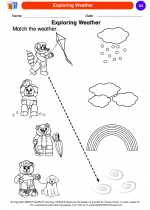
 Coloring Worksheet
Coloring Worksheet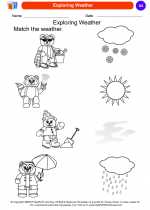
 Coloring Worksheet
Coloring Worksheet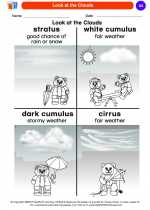
 Coloring Worksheet
Coloring Worksheet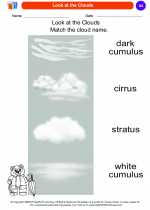
 Coloring Worksheet
Coloring Worksheet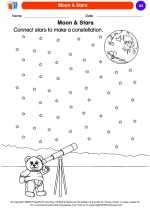
 Coloring Worksheet
Coloring Worksheet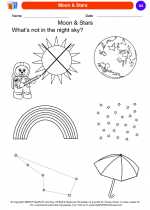
 Coloring Worksheet
Coloring Worksheet
 Coloring Worksheet
Coloring Worksheet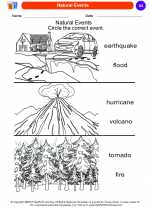
 Coloring Worksheet
Coloring Worksheet
 Coloring Worksheet
Coloring Worksheet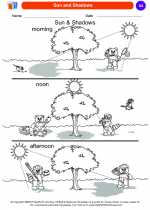
 Coloring Worksheet
Coloring Worksheet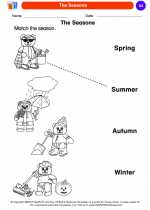
 Coloring Worksheet
Coloring Worksheet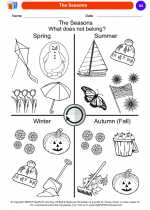
 Coloring Worksheet
Coloring Worksheet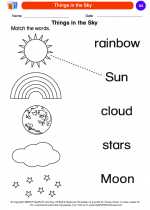
 Coloring Worksheet
Coloring Worksheet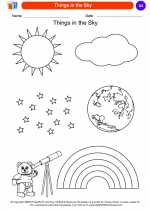
 Coloring Worksheet
Coloring Worksheet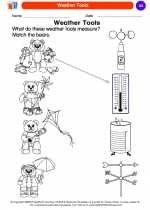
 Coloring Worksheet
Coloring Worksheet